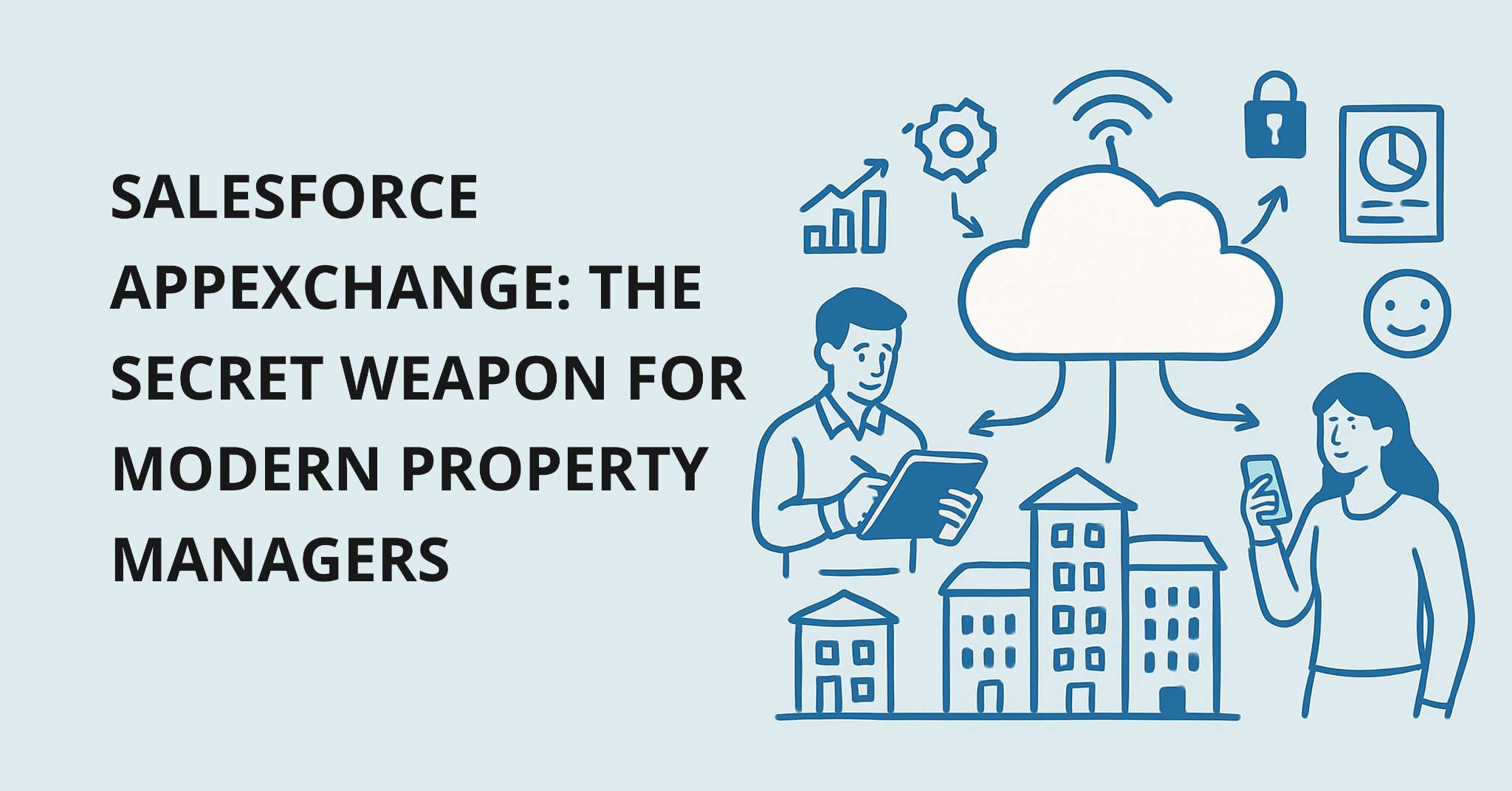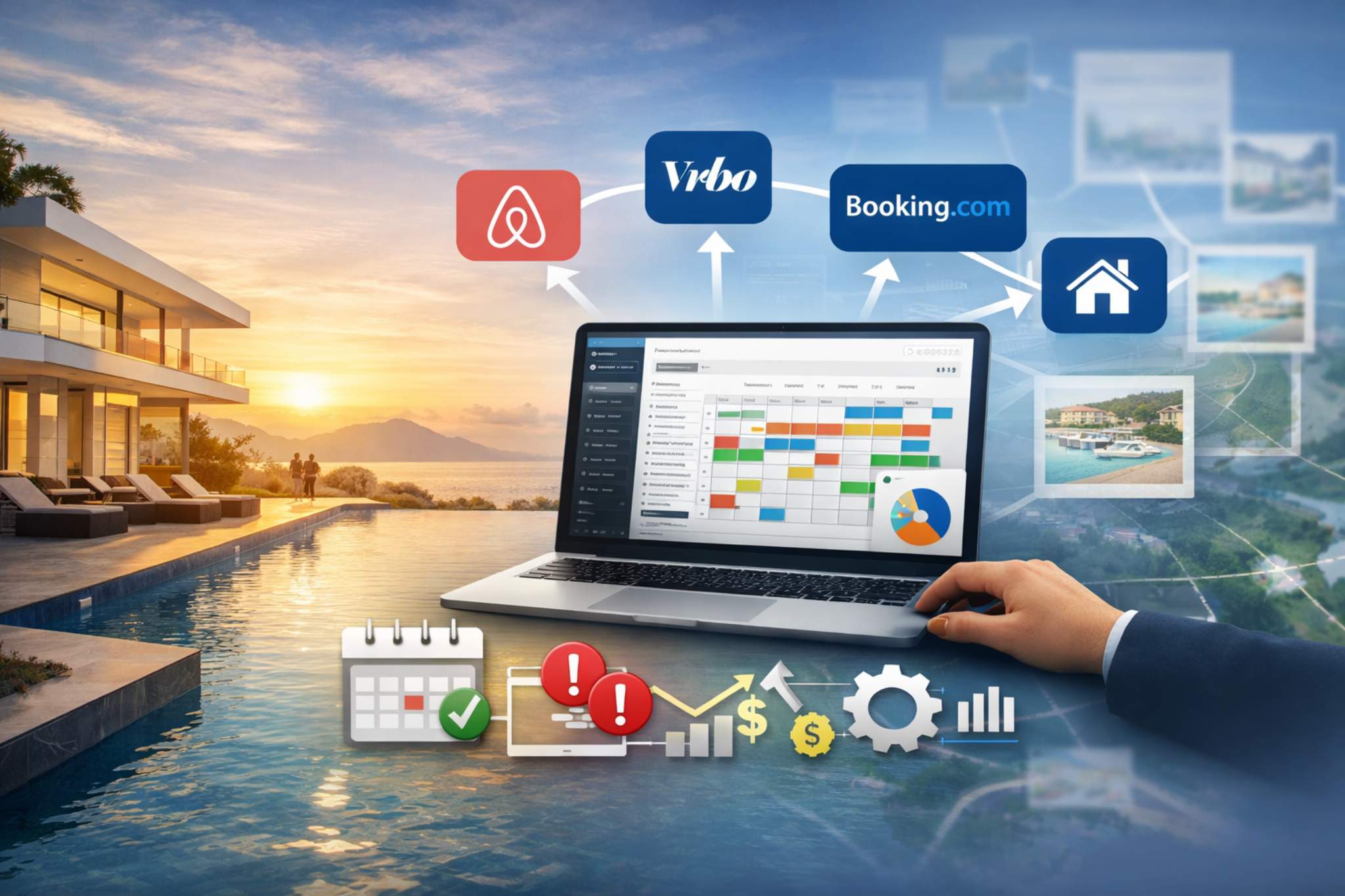Key Takeaways:
- Coworking spaces generate revenue through renting workstations, virtual offices, event hosting, memberships, and partnerships.
- Key financial success factors include effective pricing strategies, operational efficiency, and differentiation from competitors.
- Common challenges include high fixed costs, seasonal fluctuations, market saturation, and economic downturns.
- Diversifying revenue streams and optimizing space utilization can help improve financial stability.
- Building a strong community, leveraging technology, and forming strategic partnerships enhance long-term growth.
- A well-planned business strategy with data-driven insights ensures sustainability and profitability.
Coworking Space Revenue Model: All You Need to Know
Coworking spaces have transformed the modern workplace by offering flexible and cost-effective office solutions. Entrepreneurs, freelancers, and small businesses increasingly rely on these shared environments to reduce expenses while maintaining a professional setting. However, for operators of coworking spaces, understanding the revenue model is crucial for sustainability and profitability. A well-structured revenue model includes services offered, target markets, and projected costs to ensure long-term success.
What is a Coworking Space?
A coworking space is a shared workspace where individuals and businesses can rent workstations, private offices, or meeting rooms on a short- or long-term basis. These spaces provide an affordable alternative to traditional office leases, fostering networking and collaboration among professionals. The revenue model of a coworking space outlines the key financial strategies, including income streams, pricing structures, and market positioning.
Key Revenue Streams
Coworking spaces generate income through various channels, ensuring financial stability and maximizing profits. Below are the primary revenue streams:
1. Renting Workstations or Infrastructure
The core business of a coworking space is renting desks, offices, and shared infrastructure such as Wi-Fi, printers, and conference rooms. Flexible pricing plans, including daily, weekly, and monthly rentals, cater to different business needs. Some coworking spaces also provide dedicated desks and private office spaces at premium rates.
2. Virtual Renting
Virtual coworking allows businesses to register an address for mail handling and business correspondence without requiring physical occupancy. This is an attractive option for remote workers and startups seeking a professional business address. Some coworking spaces also offer call answering services, virtual assistants, and business registration support as part of their virtual office packages.
3. Promotion and Marketing
Coworking spaces can generate revenue by offering advertising opportunities within their premises or online platforms. Businesses may pay to promote their services via digital screens, posters, or sponsored events. Additionally, coworking spaces can collaborate with local brands for cross-promotional activities, further enhancing visibility and engagement.
4. Partnerships and Investments
Strategic partnerships with local businesses, investors, and corporate sponsors can provide additional financial support. Collaborations with cafes, tech companies, or business service providers can create a mutually beneficial ecosystem. For example, a coworking space could partner with a coffee brand to offer premium beverages, generating additional revenue through profit-sharing agreements.
5. Memberships and Subscriptions
Recurring revenue through memberships is a significant financial model for coworking spaces. Subscription plans offer exclusive access to amenities, networking events, and premium office services. Some coworking spaces provide tiered membership models, offering benefits such as priority booking, extended access hours, and discounted event tickets.
6. Meeting Room Bookings
Many businesses and professionals require meeting rooms for presentations, training sessions, and client meetings. Coworking spaces can rent out these rooms on an hourly or daily basis, providing an additional revenue stream. Premium options such as video conferencing facilities, catering, and concierge services can further enhance the appeal of these spaces.
7. Event Hosting
Hosting business events, workshops, and networking sessions can attract more foot traffic while generating rental income. Event space bookings and sponsorships contribute to financial stability. Coworking spaces can also organize industry-specific meetups, panel discussions, and mentorship programs to add value to their community while increasing revenue.
8. Additional Services
Coworking spaces can offer various add-on services such as administrative support, IT assistance, printing services, coffee bars, and wellness programs to enhance user experience and increase revenue. Some spaces provide on-site childcare, fitness centers, or relaxation areas to cater to diverse professional needs.
Building a Revenue Model
To create a sustainable revenue model, operators should consider several critical factors:
Revenue Leads
Identify potential revenue sources and prioritize the most profitable ones. Diversifying income streams ensures stability even during market fluctuations.
Target Audience
Define the ideal customer base, including freelancers, startups, small businesses, or corporate teams. Understanding the demographic profile of users helps in curating relevant services and pricing structures.
Costs
Calculate operational expenses, including rent, utilities, salaries, and maintenance. Effective cost management strategies, such as optimizing space utilization and leveraging technology for automation, can enhance profitability.
Business Plan
Develop a strategic roadmap covering key elements such as:
- Objectives and goals: Define clear business objectives and long-term vision.
- Location selection and market trends: Choose an optimal location based on demand and competition analysis.
- Audience segmentation: Identify the primary users and their workspace needs.
- Financial planning and budget management: Outline projected revenue, expenses, and profitability goals.
- Pricing strategies: Develop competitive pricing models based on market research.
- Team structure and management: Build a skilled team to manage operations efficiently.
- Marketing and promotional efforts: Implement targeted marketing campaigns to attract members and retain existing clients.
A well-drafted business plan ensures that the coworking space aligns with market demands while remaining financially viable.
 This code ensures that the image will adjust to the width of its container while maintaining its aspect ratio.
This code ensures that the image will adjust to the width of its container while maintaining its aspect ratio.
Frequent Challenges and Risks
Despite the growing demand, coworking spaces face several financial risks. Some common challenges include:
1. High Fixed Costs
Rent, utilities, and staffing expenses can impact profitability. Efficient space utilization and automation can help reduce operational costs.
2. Seasonal Fluctuations
Occupancy rates may vary depending on the time of year. Introducing flexible membership plans and short-term promotions can help mitigate seasonal downturns.
3. Competition
Increasing coworking spaces in urban areas can lead to market saturation. Differentiating services through unique amenities, branding, and community engagement is key to staying competitive.
4. Member Churn
High turnover rates can result in inconsistent revenue. Building a strong community and offering incentives for long-term commitments can improve retention rates.
5. Economic Downturns
A recession or financial crisis can impact membership renewals. Diversifying revenue sources and maintaining financial reserves can help sustain business operations.
6. Overexpansion
Rapid scaling without proper demand assessment can lead to financial strain. Expanding based on market research and customer demand ensures sustainable growth.
7. Misaligned Pricing
Charging too much or too little can affect occupancy rates and profitability. Regularly reviewing pricing structures based on market analysis ensures optimal revenue generation.
8. Operational Inefficiencies
Poor management and lack of automation can increase costs. Implementing coworking management software can streamline operations and enhance efficiency.
9. Lack of Differentiation
Failing to offer unique amenities or services can reduce market competitiveness. Introducing specialized services such as industry-specific coworking spaces (e.g., tech hubs, creative studios) can attract niche audiences.
10. External Factors
Changes in real estate laws, market shifts, or global crises can impact business sustainability. Staying updated with industry trends and having contingency plans can mitigate risks.
Utilizing Property Management System (PMS) for Your Coworking Space Revenue Model
A Coworking Space Property Management System (PMS) can significantly enhance the efficiency and profitability of a coworking space. Here’s how:
- Automated Bookings & Payments: A PMS streamlines desk, meeting room, and event space reservations while automating invoicing and payment collection.
- Member Management: Track memberships, renewals, and usage patterns to optimize services and increase retention.
- Resource Allocation: Monitor workspace occupancy, utilities, and maintenance schedules for cost-effective management.
- Financial Insights: Generate detailed reports on revenue streams, expenses, and profit margins for data-driven decision-making.
- Enhanced Customer Experience: Offer seamless access to amenities, personalized services, and self-service options through a user-friendly interface.
Integrating a PMS allows coworking space operators to automate operations, reduce manual errors, and create a more efficient, scalable business model, ultimately maximizing profitability.

Final Thoughts
The success of a coworking space depends on a well-structured revenue model that considers location, innovation, and community engagement.
By diversifying income streams, optimizing operational efficiency, and differentiating services, coworking spaces can achieve long-term financial stability. A robust business strategy, backed by data-driven insights and market trends, will enable coworking operators to build a sustainable and profitable business.
Additionally, investing in customer experience, technological advancements, and strategic partnerships will position coworking spaces as essential hubs for modern professionals and businesses.
By addressing challenges proactively and continuously innovating, coworking spaces can thrive in an increasingly competitive landscape while providing valuable solutions for today’s dynamic workforce.
Maximize your coworking space’s potential!
Schedule a free call today to see how our Property Management System can streamline operations and boost revenue.






_-_A_Complete_Guide.png)











+for+Hotel+Chains.png)
